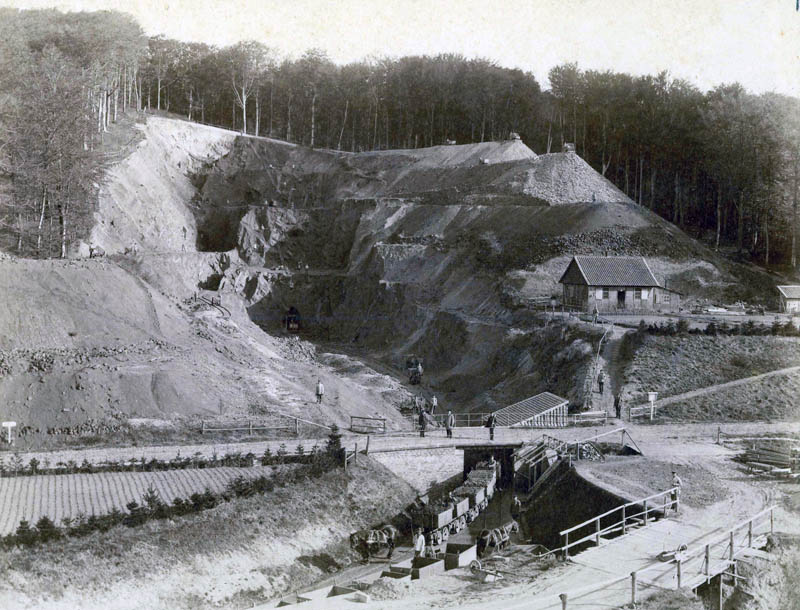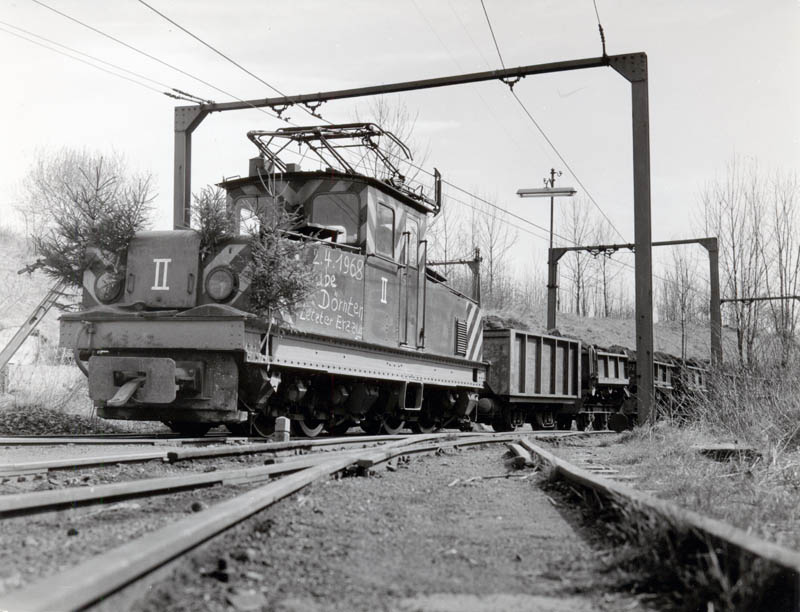
More history than you thought - the early years

Smelting iron ore leads us way back into the past. Archaeologists have excavated several smelting places in the Salzgitter ridge, which were dated to 300 years A.D.. Beside having a variety of different ores (basic, sour and even bog iron ore), the forest here was a rich resource for charcoal production and the smelters were experienced in mixing the ingredients to produce usable iron. Little is known about those people, which are thought to be peasants. And charcoal production went on. In 1311 the church complained about 38 huts which did not pay taxes for their business. The region here belonged to the diocese Hildesheim. So, in 1682 the bishop of Hildesheim, a man famous for his knowledge about manufacturing industry, started his own smelting plant at the shore of the Innerste. There he had water, he had ore, but no charcoal. The forest had vanished and the nearby Harz forest belonged to Hannover and Braunschweig - with which he was not really befriended. No luck - he had to close his plant. But 100 years later the increasing metal industry of the Harz needed steel. And now the iron ore was transported with horse and cart to blast furnaces at Altenau, Bornum and Gittelde. No silver production without iron.
Building a better mine - the time of the Ilseder Hütte

After a severe economic crisis a big company appeared. The Ilseder Hütte was running ore mines around Lengede and plants in Ilsede and Peine. They needed the Salzgitter ore as an additive to the basic ore of Lengede and were lucky to find it literally in front of their furnaces. To increase the production they started developing our mine Georg-Friedrich, opening strip mines and building a narrow gauge transport line to the state railway station at Dörnten. In 1910 they went underground with the first shaft, simultaneously electrifying the mine with a steam engine power plant. But costs where high - besides pumping groundwater, much money was spent on the ore transport by using the state railway. For a change, a tunnel was planned, leading the transport trains from the underground shaft to the shunting yard at the entrance near Döhren. From there, another narrow gauge railway was hauling the ore to Salzgitter, and from there on normal gauge tracks over Lengede to Ilsede. This is the origin of the Schroederstollen. With a huge ore body and their own transport railroad, connected to a smelting plant which was part of the companies structure, the ore production costs were low. Over the follwing decades the mine Georg-Friedrich produced up to 2000 t ore/day, hauled to the surface through the Schroederstollen. Up to 220 miners were earning their living here, getting a better payment than the farmers and the sugar refineries were willing to pay. Not to speak about the people working in Ilsede and Peine, producing the famous Peine steel girders.
The sixties - german ore mining crisis

Making steel is not an island. With increasing imports of ore to Germany ore prices decreased. German ore mines could not cover there production costs and closed one by one. The last ore train left the Schroederstollen on April 2nd 1968. The Ilseder Hütte became part of the Salzgitter group, which closed their last ore mine in Salzgitter on June 30 1982. Shafts were backfilled, Buildings and railroads were demolished. The old geologist of the company tried to establish a research facility and a geological preservation site in the Schroederstollen, but found no support. The entrance of the gallery, which is in fact one of the very rare bigger galleries of the region, was filled up with waste and rocks. The mine went under water. Until today there is no mining museum specialized in explaining the rich history of iron mining here.